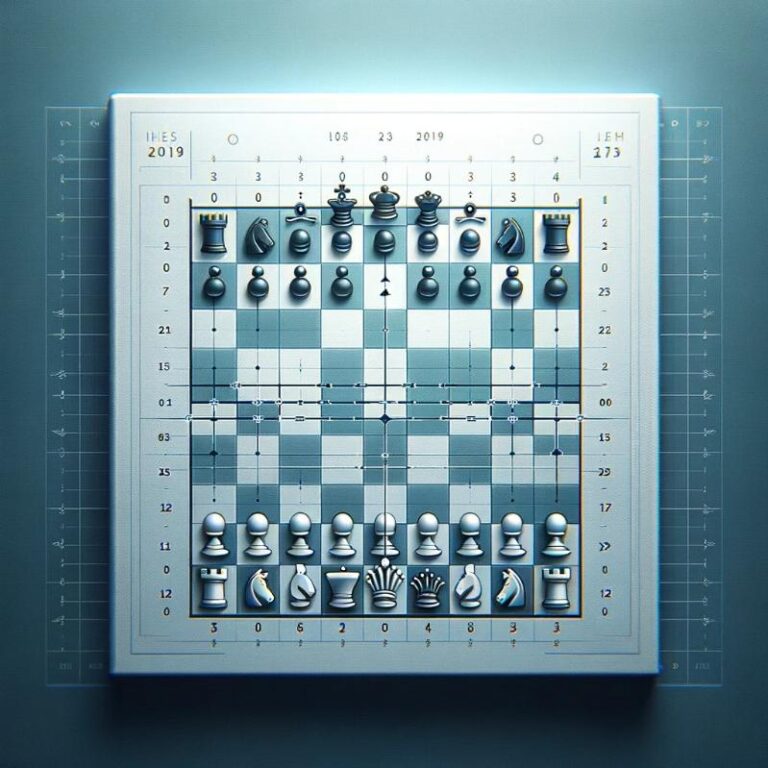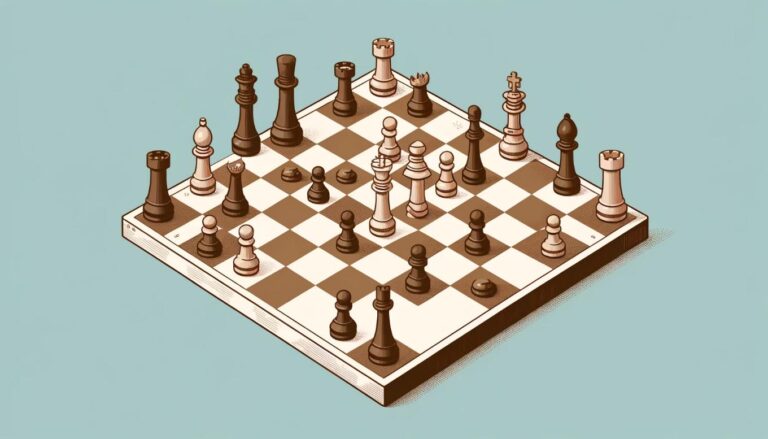Introduction to Minority Attack Chess
Chess has been a popular strategy game for centuries, and it continues to challenge players with its complexity and ever-evolving strategies. Over the years, chess has seen numerous variations and innovations, one of which is the concept of minority attack chess. Minority attack chess is a strategy that involves undermining the opponent´s pawn structure to gain an advantage on the chessboard. This concept has been a subject of interest for players and AI researchers, as it presents unique challenges and opportunities. In this article, we will dive into the world of minority attack chess, exploring its tactics, benefits, and implications in the world of AI.
What is a Minority Attack in Chess?
A minority attack in chess is a strategic move that involves utilizing a smaller number of pawns to attack the opponentâs majority of pawns. It is a maneuver that often leads to pawn structure imbalances, giving the attacking player an advantage. The concept was first introduced by former world champion, Wilhelm Steinitz, who said, “whoever has a minority on one side of the board has the ability to always attack an enemyâs majority.” It involves sacrificing a pawn or two in exchange for creating weaknesses in the opponent´s pawn structure. It is a subtle but effective way to gain control of the game.
Key Elements of Minority Attack Chess
To understand minority attack chess, one must first understand the key elements that make it possible. The first essential element is the pawn structure. Pawn structure refers to the placement of pawns on the chessboard and how they affect the movement and strategy of the game. Each pawn structure has its strengths and weaknesses, and the success of a minority attack largely depends on the opponent´s pawn structure. The second vital element is the concept of minority and majority. In a game of chess, each player starts with eight pawns. The player with more pawns on one side of the board is said to have a majority, while the other player has a minority. Finally, another crucial element is the support of pieces. The attacking player must have supporting pieces that can help execute the attack and create pressure on the opponent´s pawn structure. These pieces can be placed in strategic positions to support the attack and prevent counter-attacks.
How Does a Minority Attack Work?
A minority attack typically begins with the player moving their minority pawns forward, creating an imbalance in the opponent´s pawn structure. This move often comes with a sacrifice of one or two pawns, but it sets the stage for a rich and dynamic game. The attacking player´s pawns may seem weak, but they are not meant to be defended. Instead, they act as a distraction, redirecting the opponent´s attention from the real target – the weaknesses in their pawn structure. The attacking player´s pieces, such as knights and bishops, can then utilize these weaknesses to penetrate the opponent´s territory and exert pressure on their position. The ultimate goal of a minority attack is to create weaknesses that cannot be defended by the opponent, which can lead to the capture of pawns or increased control of the game.
The Role of AI in Minority Attack Chess
Artificial Intelligence has been making significant contributions in the world of chess, and minority attack is no exception. AI can analyze and process large amounts of data, including past games, to identify patterns and strategies that humans may miss. With this capability, AI can recognize opportunities for minority attacks and execute them with precision, often leading to a winning position. Furthermore, AI can incorporate dynamic elements of pawn structures, making it even more effective in executing minority attacks. This has led to a growing interest in using AI to study minority attack chess strategies and improve the game for players of all levels.
Conclusion
Minority attack chess is a fascinating and powerful strategy that has been a subject of interest and exploration for chess players and AI researchers alike. Its success lies in the ability to create imbalances in the opponent´s pawn structure and gain control of the game. By understanding the key elements and tactics of minority attacks, players can effectively incorporate this strategy in their games to gain an advantage. With the continued advancements in AI technology, we can expect to see even more sophisticated and effective minority attacks in the future.






